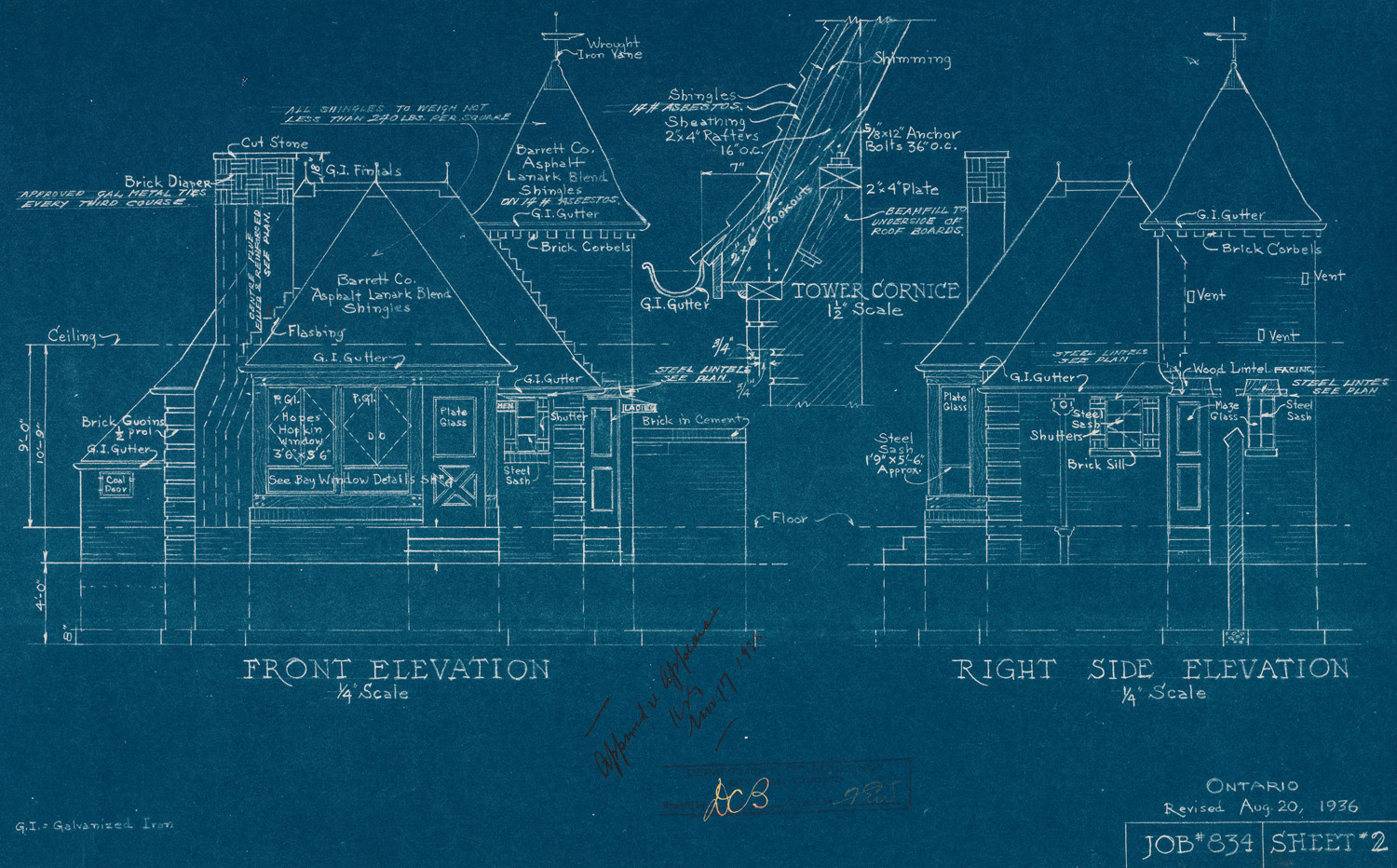|
Photolith
A photolith film is a transparent film, made with some sort of transparent plastic (formerly made of acetate). Nowadays, with the use of laser printers and computers, the photolith film can be based on polyester, vegetable paper or laser film paper. It is mainly used in all photolithography processes. A color image, or polychromatic, is divided into four basic colors: cyan, the magenta, the yellow and black (the so-called system CMYK (short name from ''cyan'', '' magenta '', '' yellow '' and '' black ''), generating four photolith film images, a photo filtered with each of the three basic colors plus a B&W film (addition of the three). For black-and-white images, such as text or simple logos, only one photolith film is needed. The ''photolith film'' it is sometimes recorded by an optical laser process on an '' imagesetter'' machine, coming from a digital file, or by a photographic process in a contact copier, if a physical copy of the original already exist. In the old offse ... [...More Info...] [...Related Items...] OR: [Wikipedia] [Google] [Baidu] |
Photolithography
In integrated circuit manufacturing, photolithography or optical lithography is a general term used for techniques that use light to produce minutely patterned thin films of suitable materials over a substrate, such as a silicon wafer, to protect selected areas of it during subsequent etching, deposition, or implantation operations. Typically, ultraviolet light is used to transfer a geometric design from an optical mask to a light-sensitive chemical (photoresist) coated on the substrate. The photoresist either breaks down or hardens where it is exposed to light. The patterned film is then created by removing the softer parts of the coating with appropriate solvents. Conventional photoresists typically consists of three components: resin, sensitizer, and solvent. Photolithography processes can be classified according to the type of light used, such as ultraviolet, deep ultraviolet, extreme ultraviolet, or X-ray. The wavelength of light used determines the minimum feature si ... [...More Info...] [...Related Items...] OR: [Wikipedia] [Google] [Baidu] |
Contact Copier
A contact copier (also known as contact printer), is a device used to copy an image by illuminating a film negative with the image in direct contact with a photosensitive surface (film, paper, plate, etc.). The more common processes are negative, where clear areas in the original produce an opaque or hardened photosensitive surface, but positive processes are available. The light source is usually an actinic bulb internal or external to the device Commercial contact printers or process cameras usually use a pump-operated vacuum frame where the original and the photosensitive surface are pressed together against a flat glass by a grooved rubber mat connected to the vacuum source. A timer-controlled mercury vapor (arc or fluorescent) light source is on the other side of the glass. Uses The contact copying process was used in the early days of photography and sunlight-exposed blueprints; it is still used in amateur photography, silkscreen printing, offset printing, and photochemic ... [...More Info...] [...Related Items...] OR: [Wikipedia] [Google] [Baidu] |
Contact Copier
A contact copier (also known as contact printer), is a device used to copy an image by illuminating a film negative with the image in direct contact with a photosensitive surface (film, paper, plate, etc.). The more common processes are negative, where clear areas in the original produce an opaque or hardened photosensitive surface, but positive processes are available. The light source is usually an actinic bulb internal or external to the device Commercial contact printers or process cameras usually use a pump-operated vacuum frame where the original and the photosensitive surface are pressed together against a flat glass by a grooved rubber mat connected to the vacuum source. A timer-controlled mercury vapor (arc or fluorescent) light source is on the other side of the glass. Uses The contact copying process was used in the early days of photography and sunlight-exposed blueprints; it is still used in amateur photography, silkscreen printing, offset printing, and photochemic ... [...More Info...] [...Related Items...] OR: [Wikipedia] [Google] [Baidu] |
Diazo Copier
A heliographic copier or heliographic duplicator is an apparatus used in the world of reprography for making contact prints on paper from original drawings made with that purpose on tracing paper, parchment paper or any other transparent or translucent material using different procedures. In general terms some type of ''heliographic copier'' is used for making: Hectographic prints, Ferrogallic prints, Gel-lithographs or Silver halide prints. All of them, until a certain size, can be achieved using a contact printer with an appropriate lamp (ultraviolet, etc...) but for big engineering and architectural plans, the ''heliographic copiers'' used with the cyanotype and the diazotype technologies, are of the roller type, which makes them completely different from contact printers. In the "argot" of engineers, architects and designers, the resulting plan copies coming from any type of '' heliographic copier'' no matter they were either blue or white, were traditionally called blueprints, ... [...More Info...] [...Related Items...] OR: [Wikipedia] [Google] [Baidu] |
Colour
Color (American English) or colour (British English) is the visual perceptual property deriving from the spectrum of light interacting with the photoreceptor cells of the eyes. Color categories and physical specifications of color are associated with objects or materials based on their physical properties such as light absorption, reflection, or emission spectra. By defining a color space, colors can be identified numerically by their coordinates. Because perception of color stems from the varying spectral sensitivity of different types of cone cells in the retina to different parts of the spectrum, colors may be defined and quantified by the degree to which they stimulate these cells. These physical or physiological quantifications of color, however, do not fully explain the psychophysical perception of color appearance. Color science includes the perception of color by the eye and brain, the origin of color in materials, color theory in art, and the physics of electr ... [...More Info...] [...Related Items...] OR: [Wikipedia] [Google] [Baidu] |
Animation Techniques
Animation is a method by which still figures are manipulated to appear as moving images. In traditional animation, images are drawn or painted by hand on transparent celluloid sheets to be photographed and exhibited on film. Today, most animations are made with computer-generated imagery (CGI). Computer animation can be very detailed 3D animation, while 2D computer animation (which may have the look of traditional animation) can be used for stylistic reasons, low bandwidth, or faster real-time renderings. Other common animation methods apply a stop motion technique to two- and three-dimensional objects like paper cutouts, puppets, or clay figures. A cartoon is an animated film, usually a short film, featuring an exaggerated visual style. The style takes inspiration from comic strips, often featuring anthropomorphic animals, superheroes, or the adventures of human protagonists. Especially with animals that form a natural predator/prey relationship (e.g. cats and mice, coyo ... [...More Info...] [...Related Items...] OR: [Wikipedia] [Google] [Baidu] |
Ozalid
Ozalid is a registered trademark of a type of paper used for "test prints" in the monochrome classic offset process. The word "Ozalid" is an anagram of "diazol", the name of the substance that the company "Ozalid" used in the fabrication of this type of paper. Overview ''OZALID'' was first federally registered in the United States as a trademark on February 5, 1929 as a brand for ''light-sensitive copying and photographic papers.'' The registration currently is owned by R.Q.O. Holding Company, Inc. of New York, and is related to the even earlier registration of October 11, 1923 in what is now the Federal Republic of Germany. The R.Q.O. Holding Company also owns a United States trademark registration for ''OZALID'' for "copying and reprographic machines, apparatus and parts thereof." However, compound "Ozalid Process" appears never to have been registered as a trademark, and the use of ''OZALID'' specifically for the Ozalid process using diazo compound paper is ''not'' currently ... [...More Info...] [...Related Items...] OR: [Wikipedia] [Google] [Baidu] |
Azo Compound
Azo compounds are organic compounds bearing the functional group diazenyl (, in which R and R′ can be either aryl or alkyl groups). IUPAC defines azo compounds as: "Derivatives of diazene (diimide), , wherein both hydrogens are substituted by hydrocarbyl groups, e.g. azobenzene or diphenyldiazene." The more stable derivatives contain two aryl groups. The group is called an ''azo group'' (, ). Many textile and leather articles are dyed with azo dyes and pigments. Aryl azo compounds Aryl azo compounds are usually stable, crystalline species. Azobenzene is the prototypical aromatic azo compound. It exists mainly as the ''trans'' isomer, but upon illumination, converts to the ''cis'' isomer. Aromatic azo compounds can be synthesized by azo coupling, which entails an electrophilic substitution reaction where an aryl diazonium cation is attacked by another aryl ring, especially those substituted with electron-donating groups: :ArN2+ + Ar'H -> ArN=NAr' + H+ Since diazoniu ... [...More Info...] [...Related Items...] OR: [Wikipedia] [Google] [Baidu] |
Light
Light or visible light is electromagnetic radiation that can be perceived by the human eye. Visible light is usually defined as having wavelengths in the range of 400–700 nanometres (nm), corresponding to frequencies of 750–420 terahertz, between the infrared (with longer wavelengths) and the ultraviolet (with shorter wavelengths). In physics, the term "light" may refer more broadly to electromagnetic radiation of any wavelength, whether visible or not. In this sense, gamma rays, X-rays, microwaves and radio waves are also light. The primary properties of light are intensity, propagation direction, frequency or wavelength spectrum and polarization. Its speed in a vacuum, 299 792 458 metres a second (m/s), is one of the fundamental constants of nature. Like all types of electromagnetic radiation, visible light propagates by massless elementary particles called photons that represents the quanta of electromagnetic field, and can be analyzed as both waves and par ... [...More Info...] [...Related Items...] OR: [Wikipedia] [Google] [Baidu] |
Acetate
An acetate is a salt (chemistry), salt formed by the combination of acetic acid with a base (e.g. Alkali metal, alkaline, Alkaline earth metal, earthy, Transition metal, metallic, nonmetallic or radical Radical (chemistry), base). "Acetate" also describes the conjugate acid, conjugate base or ion (specifically, the negatively charged ion called an anion) typically found in aqueous solution and written with the chemical formula . The neutral molecules formed by the combination of the acetate ion and a ''positive'' ion (called a cation) are also commonly called "acetates" (hence, ''acetate of lead'', ''acetate of aluminum'', etc.). The simplest of these is hydrogen acetate (called acetic acid) with corresponding salts, esters, and the polyatomic ion, polyatomic anion , or . Most of the approximately 5 billion kilograms of acetic acid produced annually in industry are used in the production of acetates, which usually take the form of polymers. In nature, acetate is the most common ... [...More Info...] [...Related Items...] OR: [Wikipedia] [Google] [Baidu] |







.jpg)
